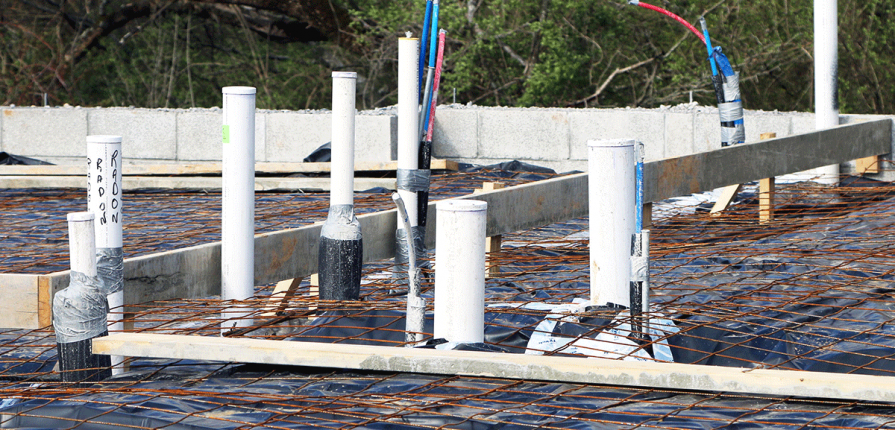Look for These Plumbing Problems When Buying a New Home
Buying a new home is both exciting and stressful. The process of finding your new dream home is a fun adventure, but there’s so much to consider, and so many things that are easy to overlook. Just about everyone thinks to turn on the faucets and flush the toilet in the homes they’re viewing, but do you think about the other potential plumbing issues that might be present? Few do, and they can present an unpleasant surprise when you move in.
Some of these problems are very easy to fix, but others can lead to serious financial troubles and even structural damage to the property. Before you sign the deed, make sure you check for these major red flags for plumbing problems when buying a new house.
Plumbing Problems in a New House
There are a number of common plumbing problems in a new house that can cause a world of hassle if not addressed. When you’re looking over your potential new purchase, look for things like aging water heaters, leaky toilets, clogged or slow drains, outdated sewer systems, and leaky or damaged pipes.
Aging Water Heaters
A water heater is designed to last roughly ten years, and a professional can tell its age from its serial number and model. Even if you’re not a pro, however, you can look for issues like dampness around the heater, a lack of hot water in the home and the like to see how current it is. Also, check where it’s located in the house. Will it damage flooring or furniture if it starts to leak?
Leaky Toilets
After you flush the toilet in the home, listen to see if it stops running. If it doesn’t, it could be something as simple as a flapper, which only costs a few dollars to fix, or it could be something much larger. Toilets can leak from the bottom or the tank. Water will eventually wear out the seals and gaskets in your toilet—it’s unavoidable.
Examine the entire toilet for leaks and damage around it, like discoloration, a soft-feeling floor, or a wiggling bowl. You want to avoid a leaky toilet, which can rot right through the floor. It’s important to have your seals and gaskets replaced by the pros every so often.
Clogged and Slow Drains
Clogged and slow drains aren’t uncommon in homes—they can be caused by toiletries, loose hair, even skin oils. When overlooked, however, they can lead to more serious leaks. Turn on the faucet in the home and let it run for a few minutes to be sure it drains continuously and quickly. While you’re at it, check the garbage disposal.
Outdated Sewage Systems
This isn’t necessarily something you can check yourself, but it never hurts to have a professional plumber do a video check of the sewage system. Addressing clogs and damage can get very expensive, especially if sewage backs up into the home.
Leaky Pipes
Leaky pipes can create major structural damage in the home. Look for pinhole leaks, worn pipes and corroded joints. If you note that supply pipes are galvanized, they’ll need to be replaced with something more modern. Restricted drain flow is an indication that the pipes are too small.
Call Village Plumbing
For help checking on plumbing problems in a new house, don’t be afraid to call the pros. Get in touch with Village Plumbing for more information today!






